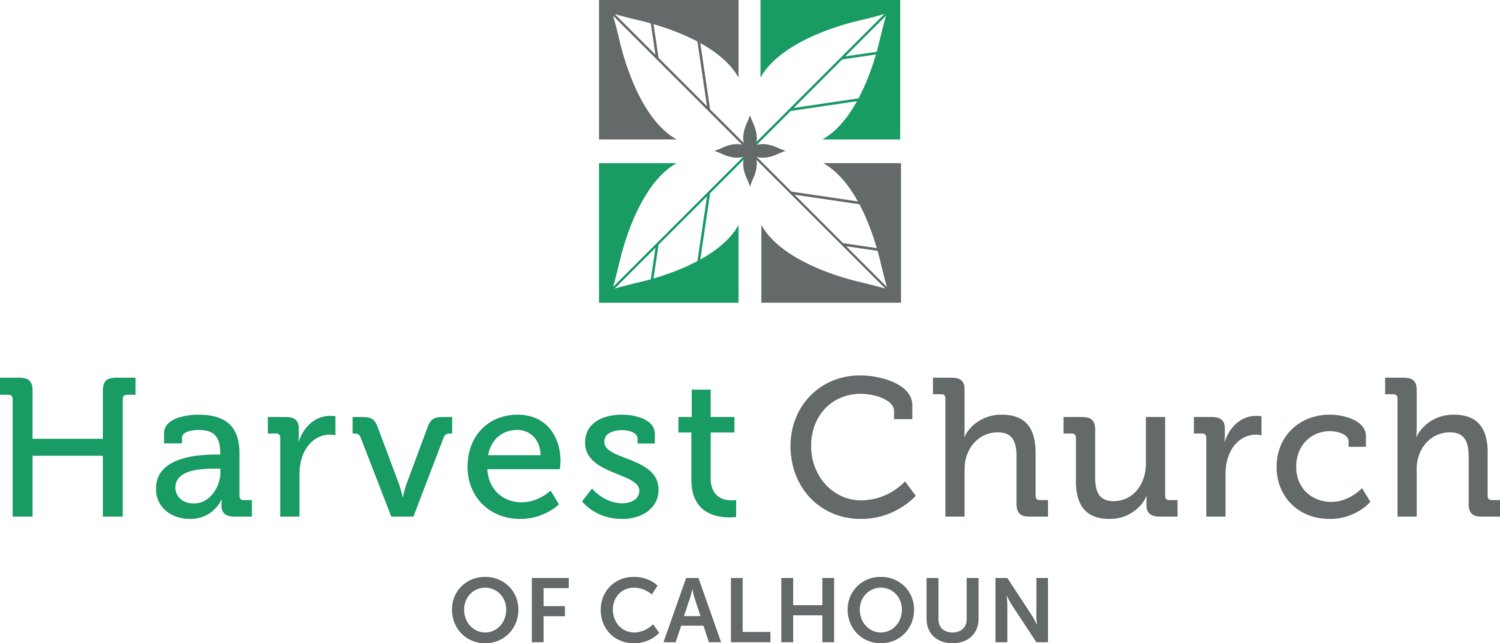Methods of Meditation
Last time we talked about what meditation is. But how do we actually do it?
When it comes to all things spiritual discipline, Don Whitney is almost always the first place I go for information. Below is a summary of Dr. Whitney’s suggested methods of meditation. I have found them very helpful and I hope you do too.
If you would like these suggestions in PDF Form, you can find them on Dr. Whitney’s website, linked here.
1. Repeat the verse or phrase with emphasis on a different word each time.
Whatever He says to you do it (John 2:5).
Whatever He says to you do it.
Whatever He says to you do it.
etc.
2. Rewrite the verse or phrase in your own words.
3. Look for applications of this text – what should you do in response to it?
4. Formulate a principle from the text.
5. Pray through the text.
6. Ask the Philippians 4:8 questions.
What is true or what truth does it exemplify?
What is honorable about it?
What is right about it?
What is pure or how does it exemplify purity?
What is lovely about it?
What is admirable or commendable about it?
What is excellent about it?
What is praiseworthy about it?
7. Ask the “Joseph Hall” questions.
What is it (define and/or describe what it is)?
What are its divisions or parts?
What causes it?
What does it cause (its fruits and effects)?
What is its place, location or use?
What are its qualities and attachments?
What is contrary, contradictory or different to it?
What compares to it?
What its titles or names?
What are the testimonies or examples of Scripture about it?
8. Discover a minimum number of insights into the text (set the number in advance).
9. Find a link or common thread between all the chapters of paragraphs you’ve read.
10. Use Meditation Mapping.
Put the verse(s), phrase, word or topic to be meditated upon in the middle of the page. (When possible, this should be done in picture form.)
Allow insights, ideas and thoughts to come quickly and freely.
Use key words to represent your ideas.
Connect your key words ideas to the central focus with lines.
Use as few words per line as possible.
P-r-i-n-t all the words for easier reading.
Use color for emphasis and recall.
Make frequent use of symbols and pictures in addition to words.
See: Buzan, Tony. The Mindmap Book. New York: Plume/Penguin, 1996. Wycoff, Joyce. Mindmapping. New York: Berkley, 1991
Final Thoughts
Witney’s methods may seem varied and random, and that’s kind of the point. The overall goal is for you to slow down and spend time with the text. Anything you can do to make that happen and you’re winning. If you like to paint, paint a picture of what the passage describes. If you are a musician or a poet, write a song or a poem about your passage. Get to know it. Now get to meditating!
